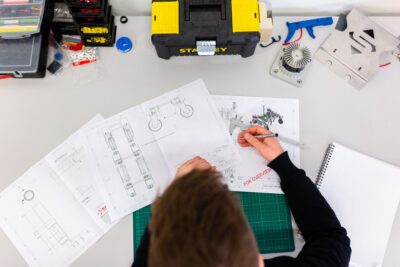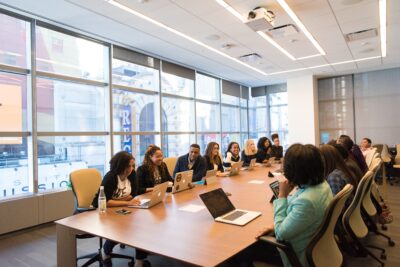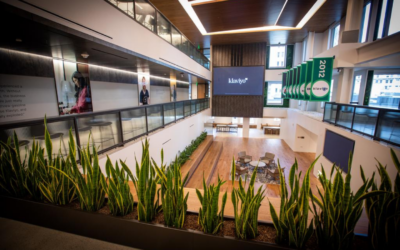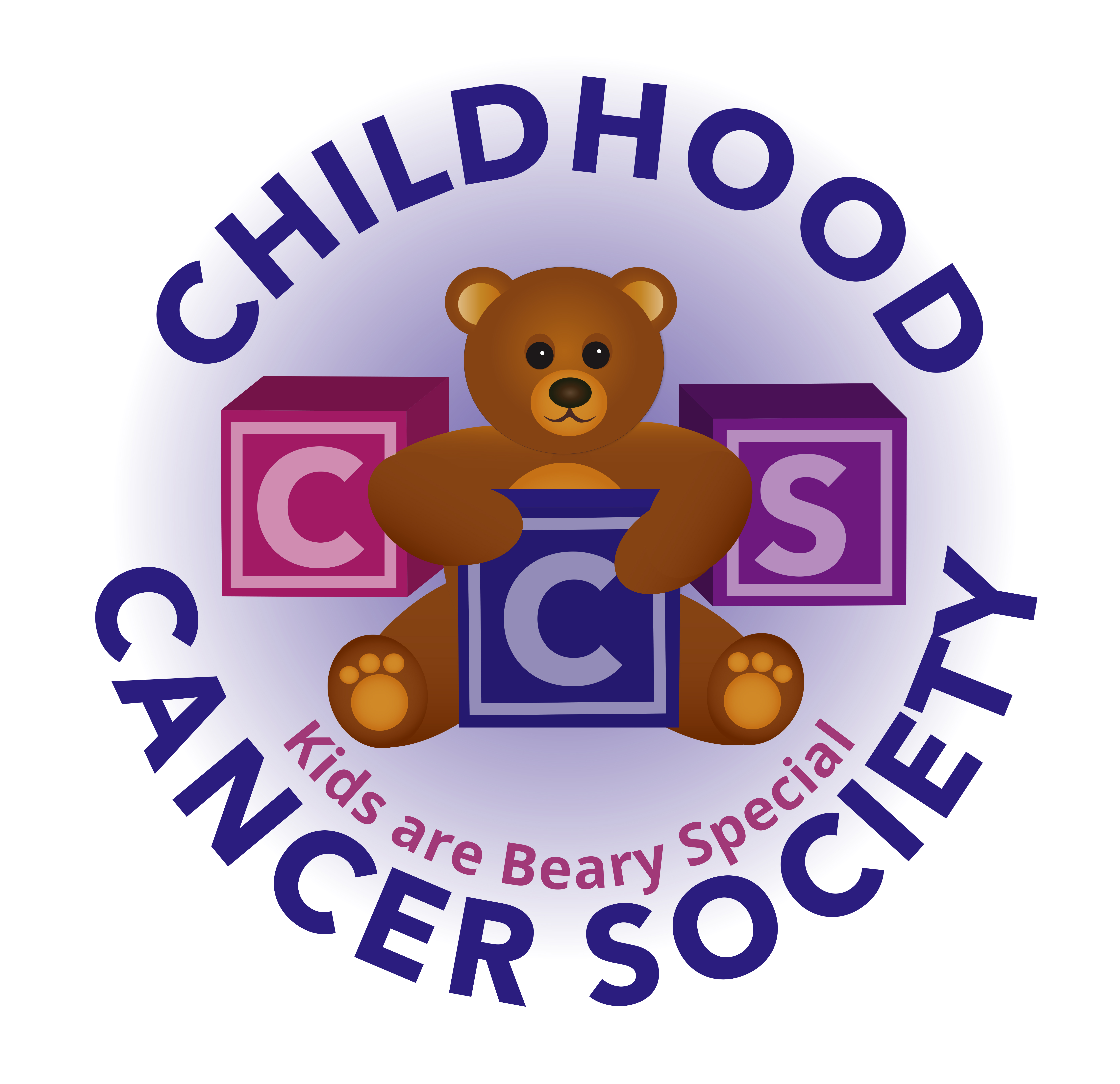The Big Data boon created a metrics madness for companies. Suddenly, every company was concerned with analyzing and understanding their hiring numbers. Why? Because companies realized those other numbers ultimately affect the one that they’re always concerned about: the bottom line.
This increased focus on the candidate experience meant that the metrics used to track it became increasingly important. That quickly led teams to recognize how a negative candidate experience affects hiring stats and KPIs that matter to HR teams. (Take the impact on company revenue, for example.)
What do these metrics look like in reality? Here’s an overview of some of the most important ones.
Click here to find out how WayUp can help you attract and hire top talent
Job Application Abandonment Rate
The candidate experience starts once a job seeker begins to fill out an application. So it’s not a good sign that 60 percent of job seekers quit in the middle of filling out online job applications. Why? According to the Society of Human Resource Management, if the application is too complex or long, job seekers will give up. Fun fact: Completion rates drop by almost 50 percent when an online application process asks 25 or more questions.
Fortunately, companies can fix this quite easily and improve the candidate experience by simplifying the application process. In fact, if the completion process takes under five minutes, this increases conversion rates (meaning the share of job seekers who complete the application) by up to 365 percent.
 Time-To-Hire
Time-To-Hire
The time it takes to hire a new employee, on average, is 24 days, according to Glassdoor. And if your company is going on-campus to hire, it can take up to three times as long.
However, a negative candidate experience can increase this timeframe. For starters, an extended hiring period will make your company less competitive, since top talent is only on the market for 10 days. If your time-to-hire is longer than that, you won’t be able to compete for this important group of candidates. That’s why reducing a long hiring process can go such a long way toward improving your candidate experience.
Cost-Per-Hire
A strong employer brand can cut a company’s cost-per-hire by 50 percent, argues the Society of Human Resource Management. But a bad employer brand? You guessed it: It drives up a business’s cost-per-hire.
Also, there are other aspects that cause the cost-per-hire to rise. If a candidate has to meet with several people at your company, that’s productivity lost. Remember, multiple interviewers means more money and more problems for your company.
Acceptance Rate
Your company’s acceptance rate is a great indicator of how effective your team is at attracting top talent. If the acceptance rate is high, then people likely want to work there.
The good news is, you can drive your acceptance rate higher. And to do that, you should again look to your employer brand. Are you communicating what your company culture is like during the interview process? Do you create content that shines a light on what benefits you offer? If you’re promoting your business throughout the recruitment process, candidates will be more excited to receive that offer when you deliver it to them.
The candidate experience affects all aspects of your company’s recruiting efforts. A positive will help fuel your hiring stats to reach new heights, but a negative one will have the opposite effect. How does yours stack up?
Fill out the form to find out how WayUp can help you find top talent
[mrkto_frm id=”1033″]



























